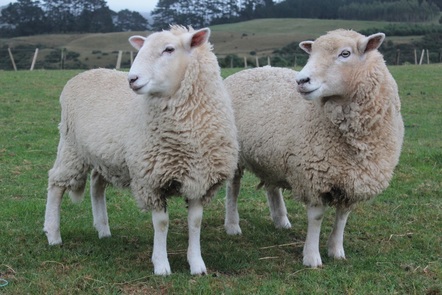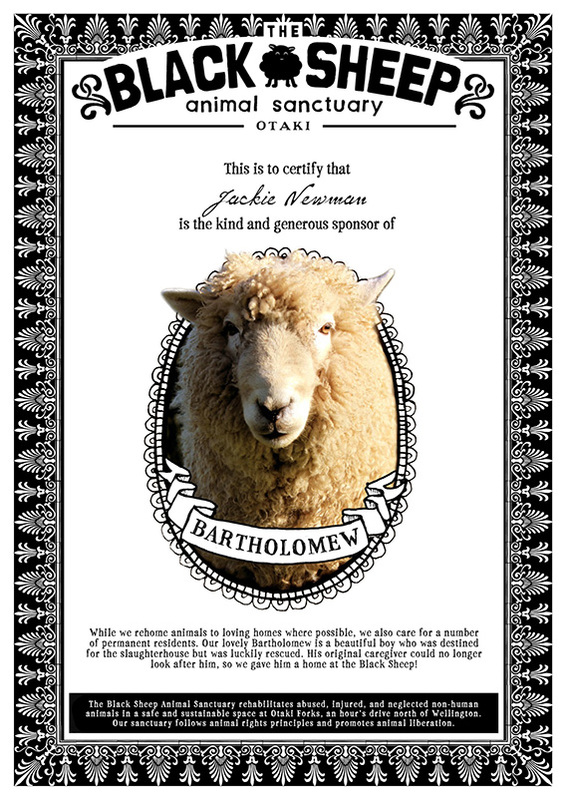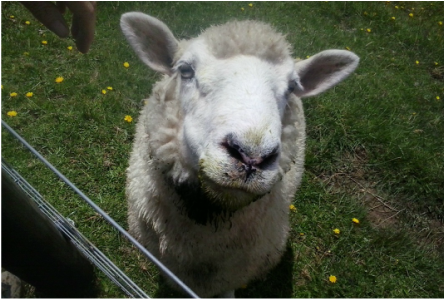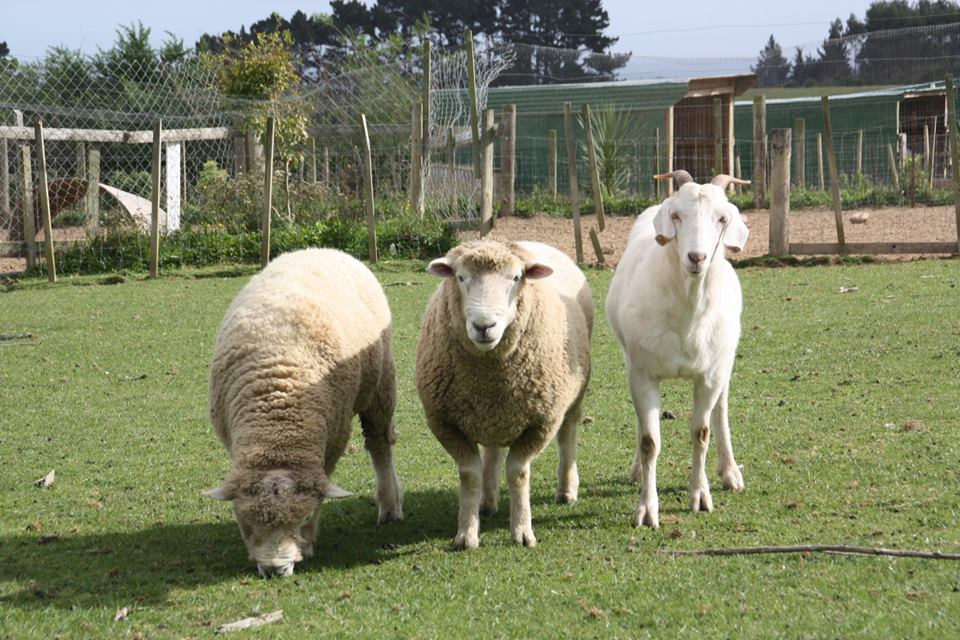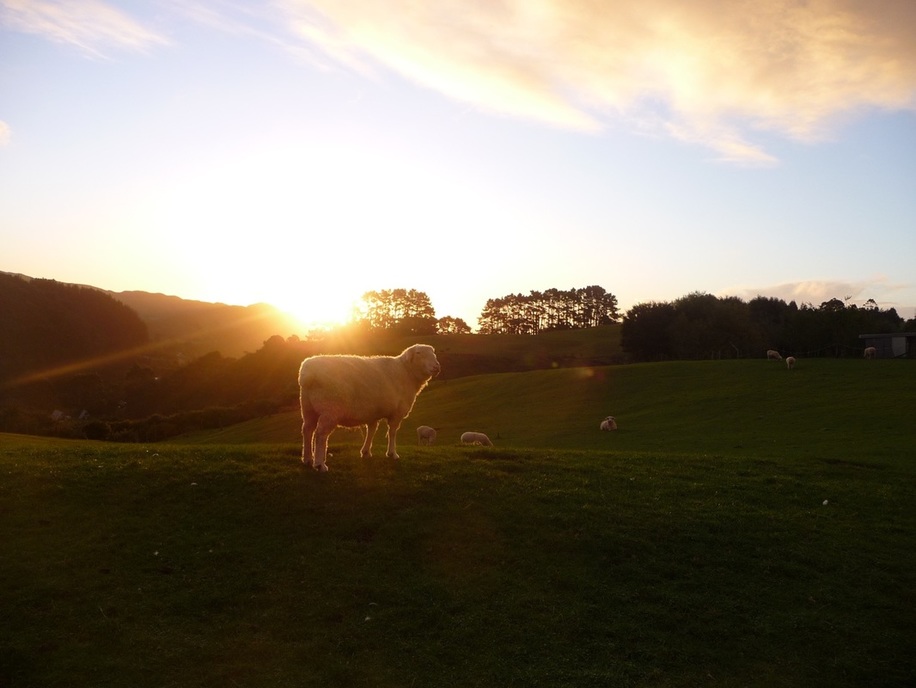The Black Sheep Animal Sanctuary
The Sanctuary Sheep
|
If you walk down the hill from the pigs and goats, you'll find the sheep paddocks, and some of our friendly sheep are likely to trot over and greet you! The Black Sheep cares for 16 sheep, some of whom were rescued from slaughter as tiny lambs, while others were neglected or orphaned.
|
Though we have a non-breeding policy at the sanctuary, we have occasionally taken in pregnant sheep. Soybean was already pregnant when she arrived at the Black Sheep, and on a stormy spring day she gave birth to Sorrel, our first lamb. Sorrel is now fully grown and enjoys both his mother's company and his splendid un-docked tail.
|
Sheep are intelligent beings, who can recognise individual sheep and human faces. Scientists at the University of Cambridge have discovered that sheep are as smart as some primates, learning tasks relating to distinguishing shapes and colours as quickly as monkeys or humans. They are adaptable, will respond to their names and they are able to navigate by forming memories of their surrounding environments.
|
The Sheep Industry
Although New Zealand is known as a land of sheep, every year millions of these beautiful animals are killed, while others are neglected, mistreated, or die of cold and hunger.. In 2015, over 21 million lambs were slaughtered, most of them for the export market, and around four and a half million adult sheep were killed for their flesh .Lamb and mutton were worth 3,000 million dollars to New Zealand in the 2015-2106 financial year. Sheep wool is also a major source of export earnings, generating around 760 million dollars a year. New Zealand is the world’s largest producer of coarse wool used for products such as carpet. Commercial shearing practices can be extremely stressful to sheep, especially if they are shorn twice a year. Before shearing, adult sheep who are not pregnant may be held in bare yards without food for 18-32 hours, and without water for 12-24 hours. This makes the shearer’s job easier, and keeps the wool clean, but causes a lot of suffering. A sheep’s fleece provides protection from both cold and sun, and sheep are vulnerable to hypothermia for two to four weeks after shearing. At the Black Sheep, our sheep have their fleece trimmed in warm weather to minimize heat discomfort, and not for commercial benefit. |
|
The Silence of the Lambs
Ewes are mated or artificially inseminated in February or March to give birth in August or September. In early spring, the weather is still cold, particularly in the South Island, where heavy snowfalls regularly kill thousands of lambs. Ewes are physiologically adapted to produce just one lamb after a five month pregnancy. However, due to selective breeding, multiple births are now common. These are more likely to be difficult, leading to many lamb deaths. Overall, about 14 per cent of lambs die between birth and weaning. The survivors endure painful farm procedures. In New Zealand, lambs' tails are routinely docked to prevent the formation of dags, and flystrike. The tail is amputated surgically, using a rubber ring, or with a hot searing iron, without pain relief. Docked lambs show nervous system changes which suggest that they experience long term post-amputation pain. Tail docking is actually not necessary – there are breeds of sheep who have naturally short tails, and in some countries lambs are never docked. |
How to help sheep
|
Don't eat lamb or mutton!
Sheep Profiles
|
|
@font-face {
font-family: SQMarket-Medium;
font-style: normal;
font-weight: 500;
src:
url("//cdn2.editmysite.com/fonts/SQ_Market/sqmarket-medium.woff2") format("woff2"),
url("//cdn2.editmysite.com/fonts/SQ_Market/sqmarket-medium.woff") format("woff");
}
>
